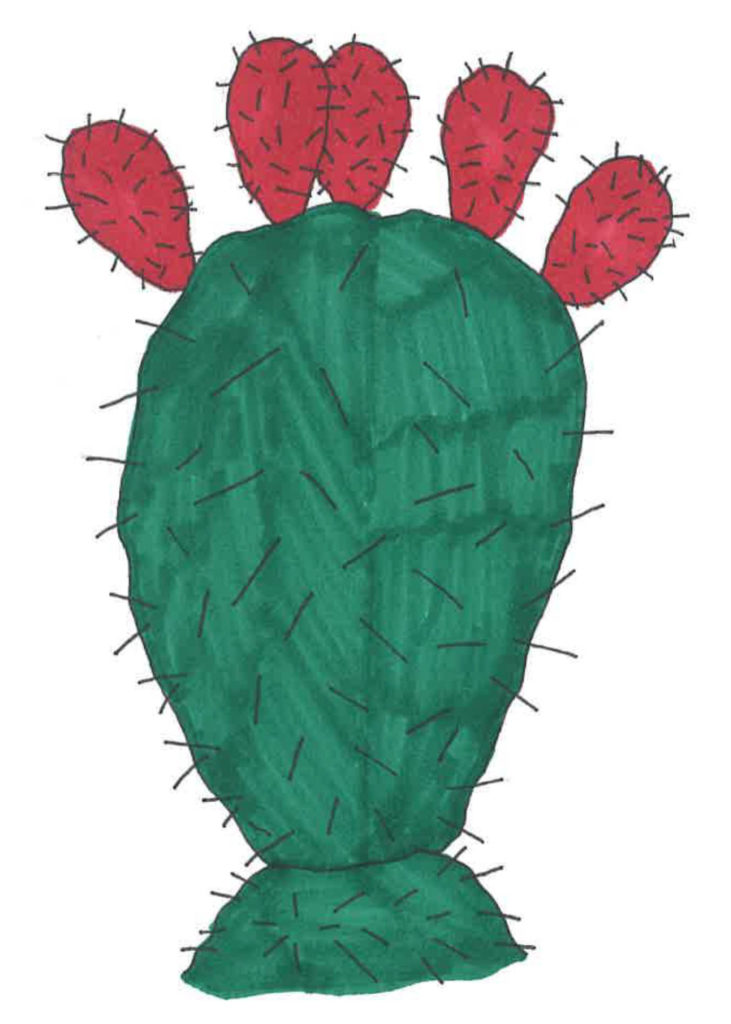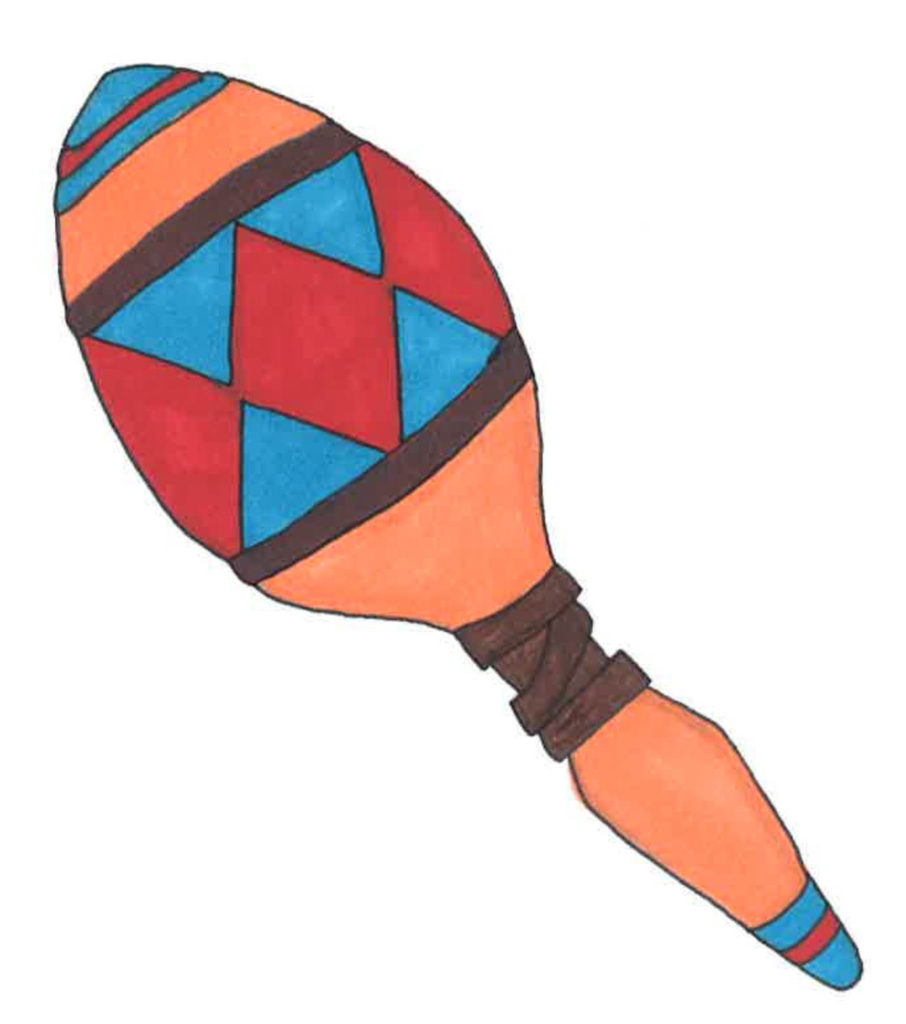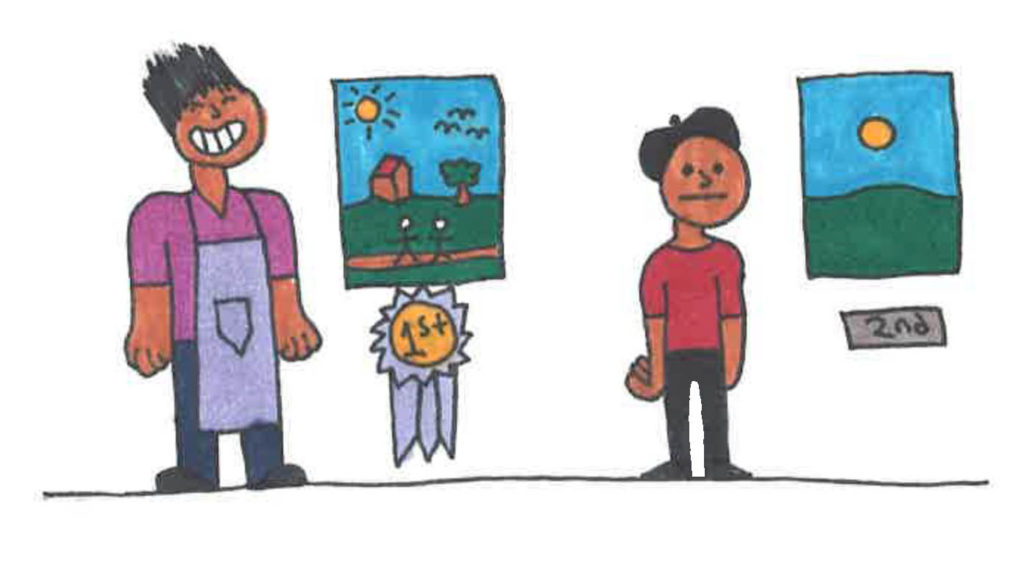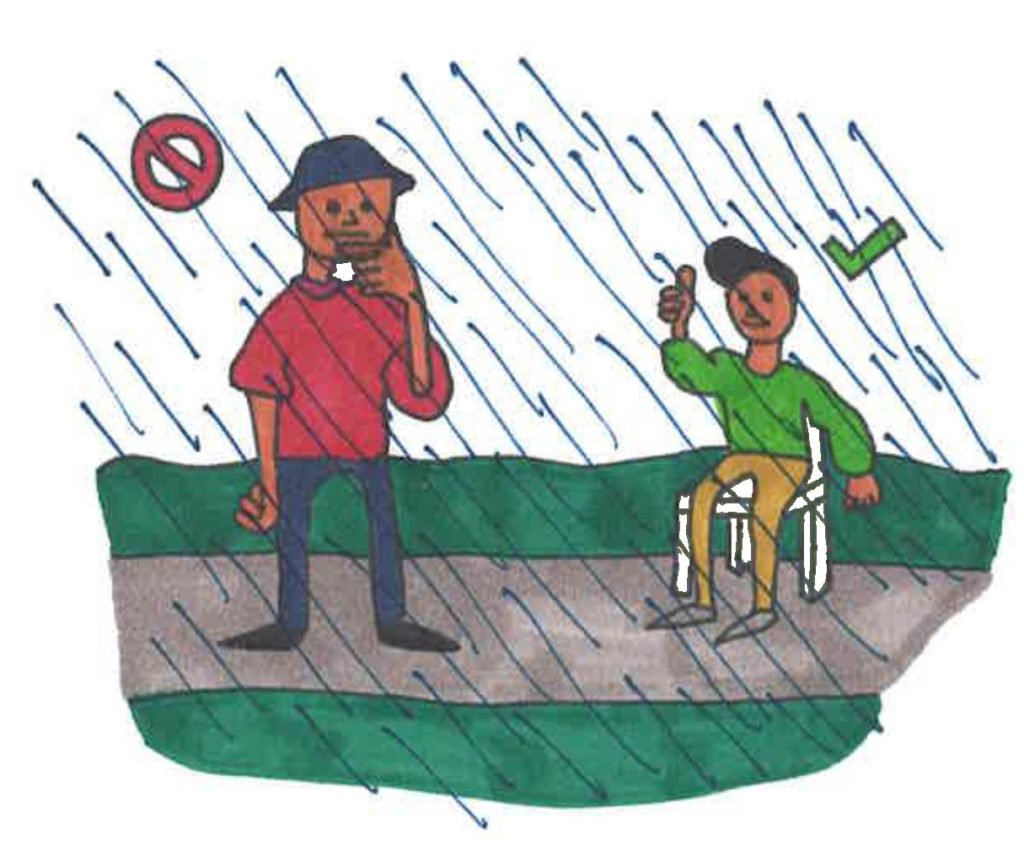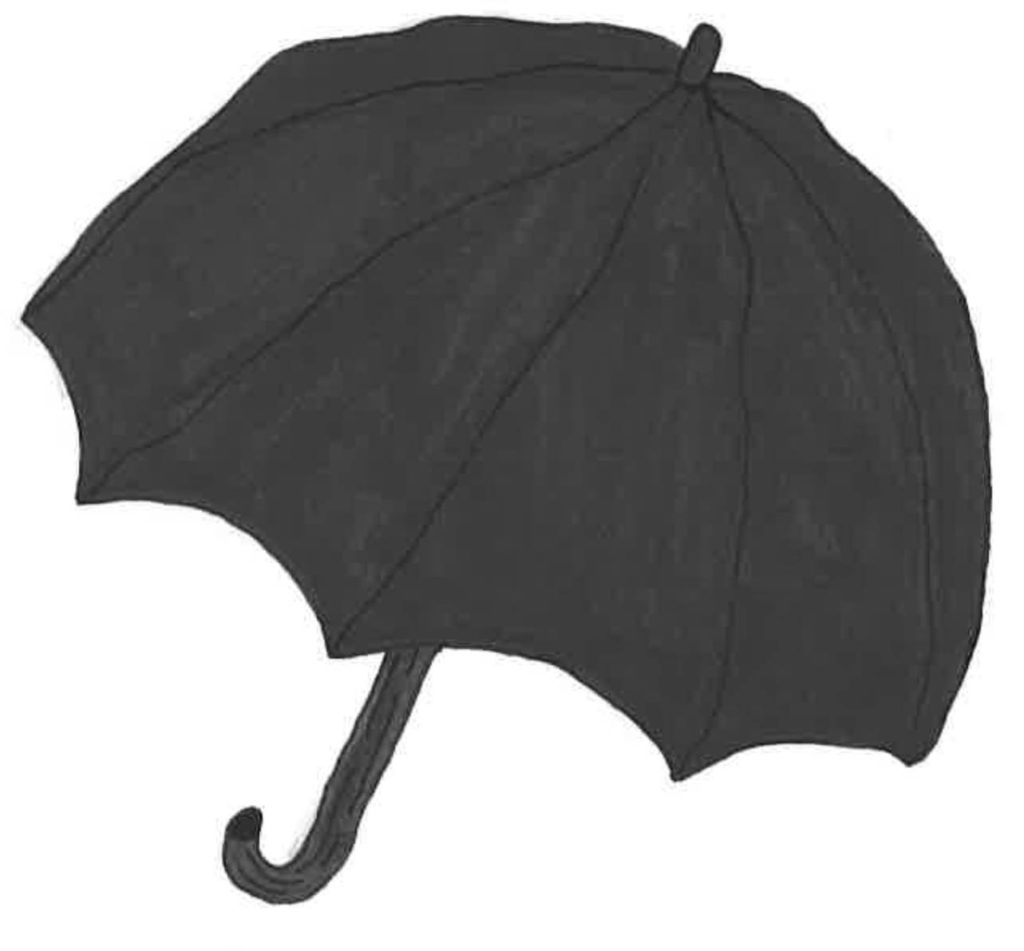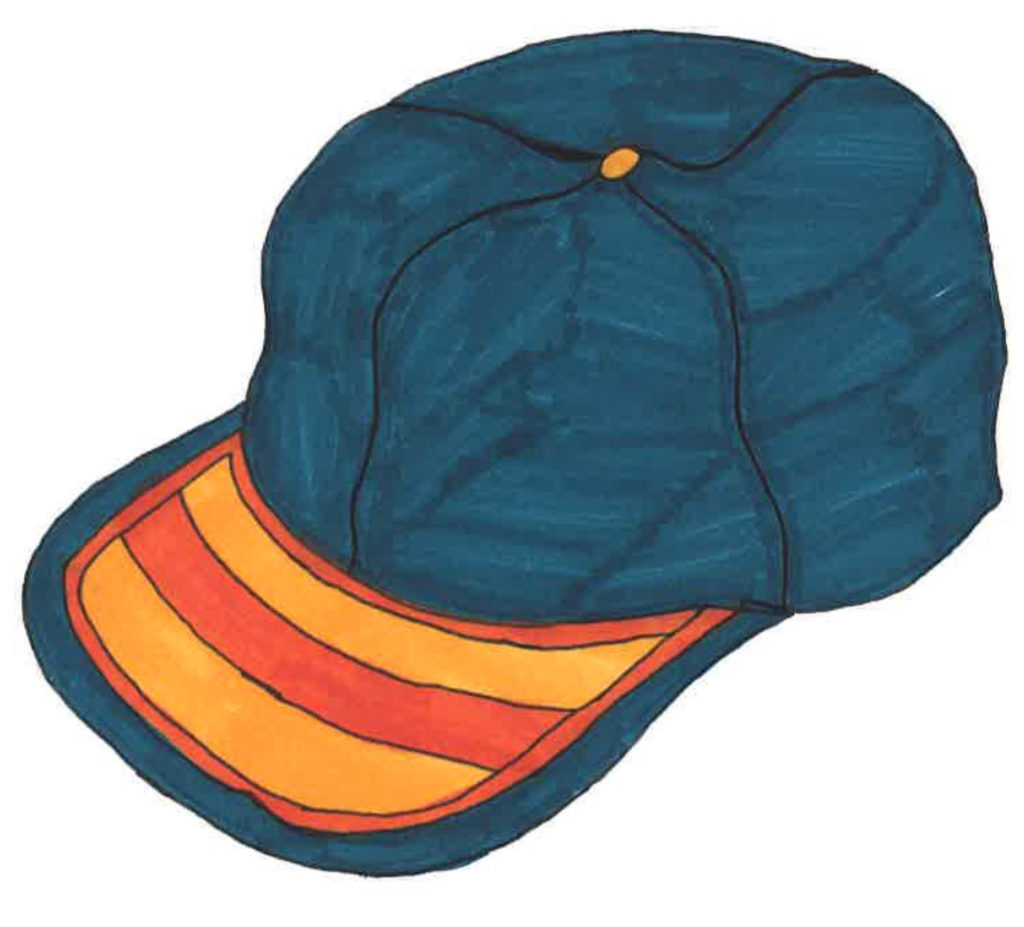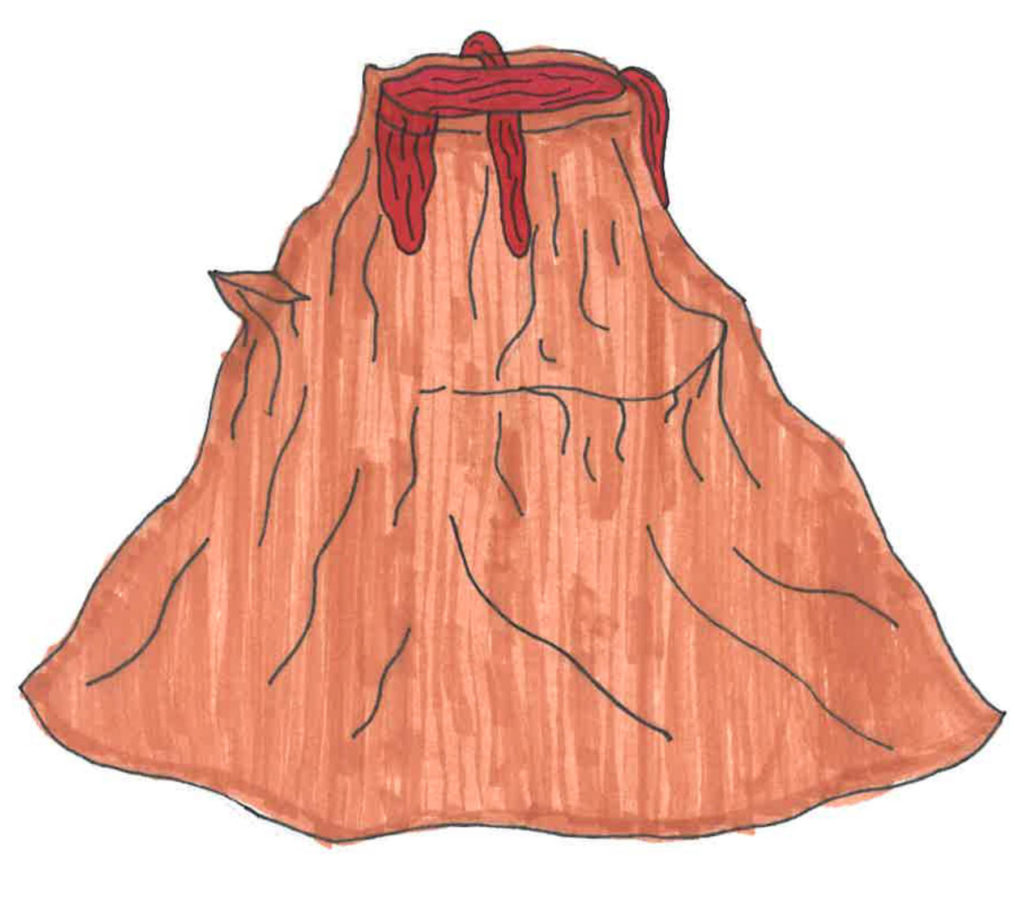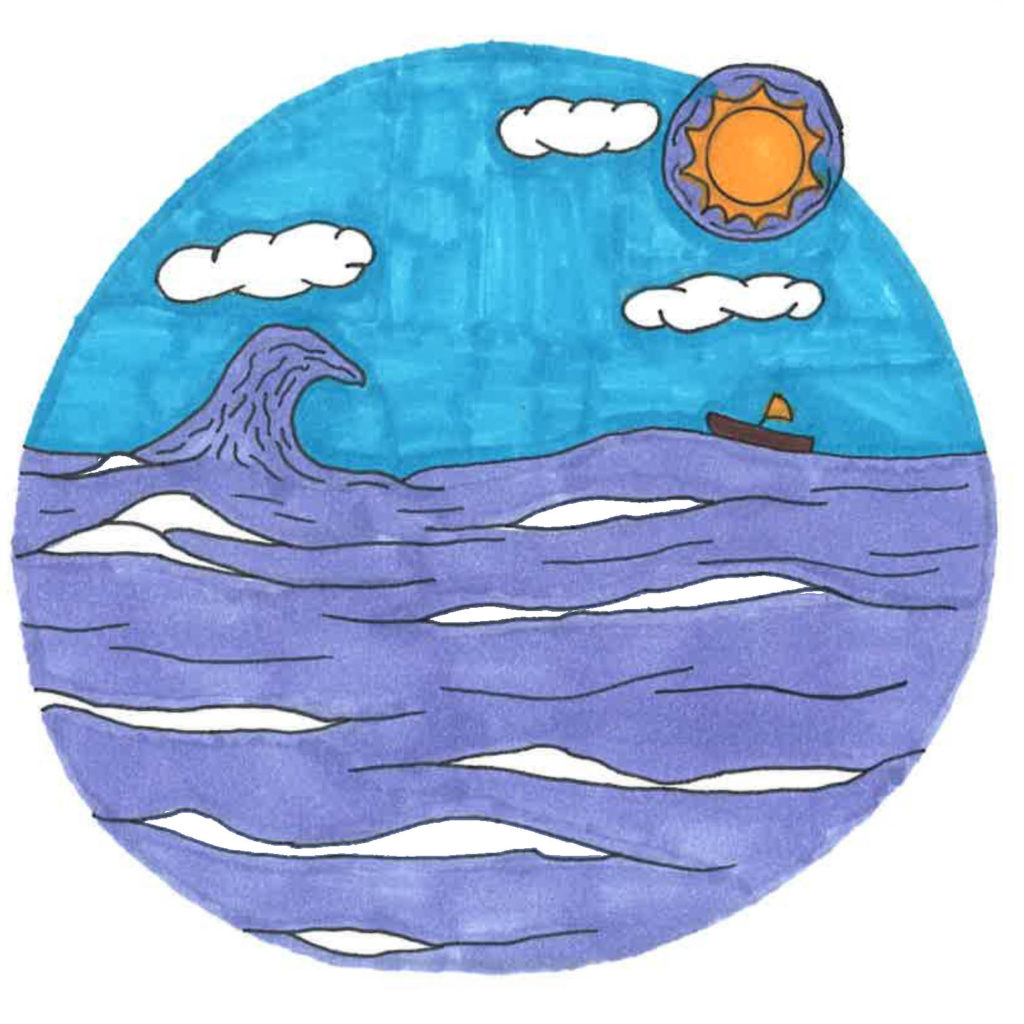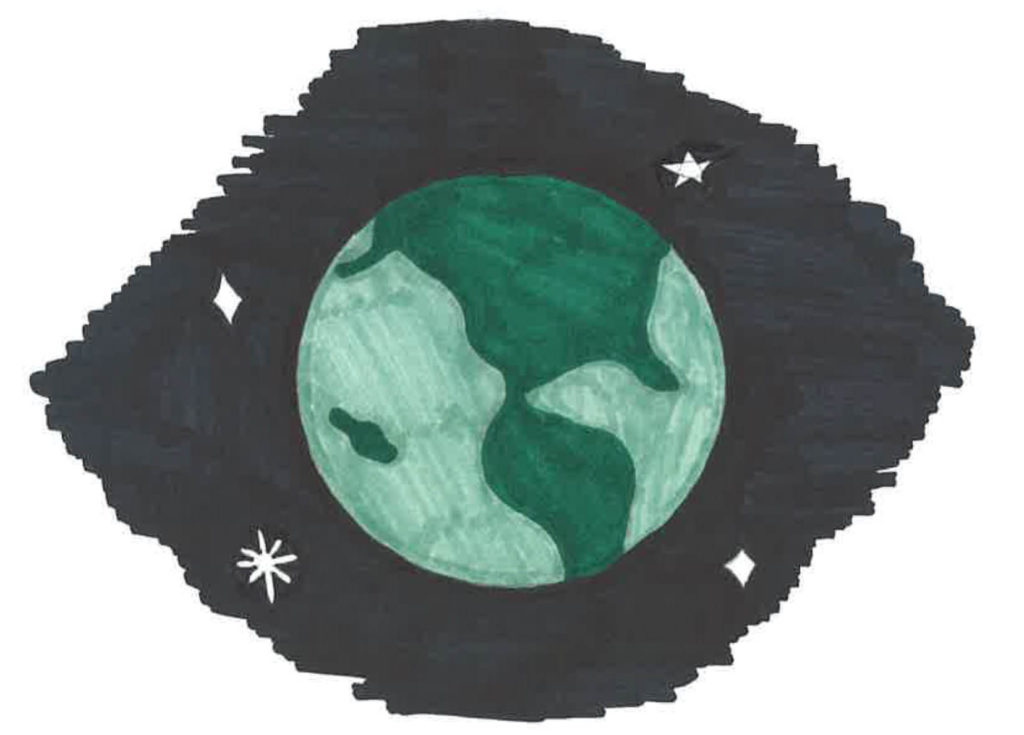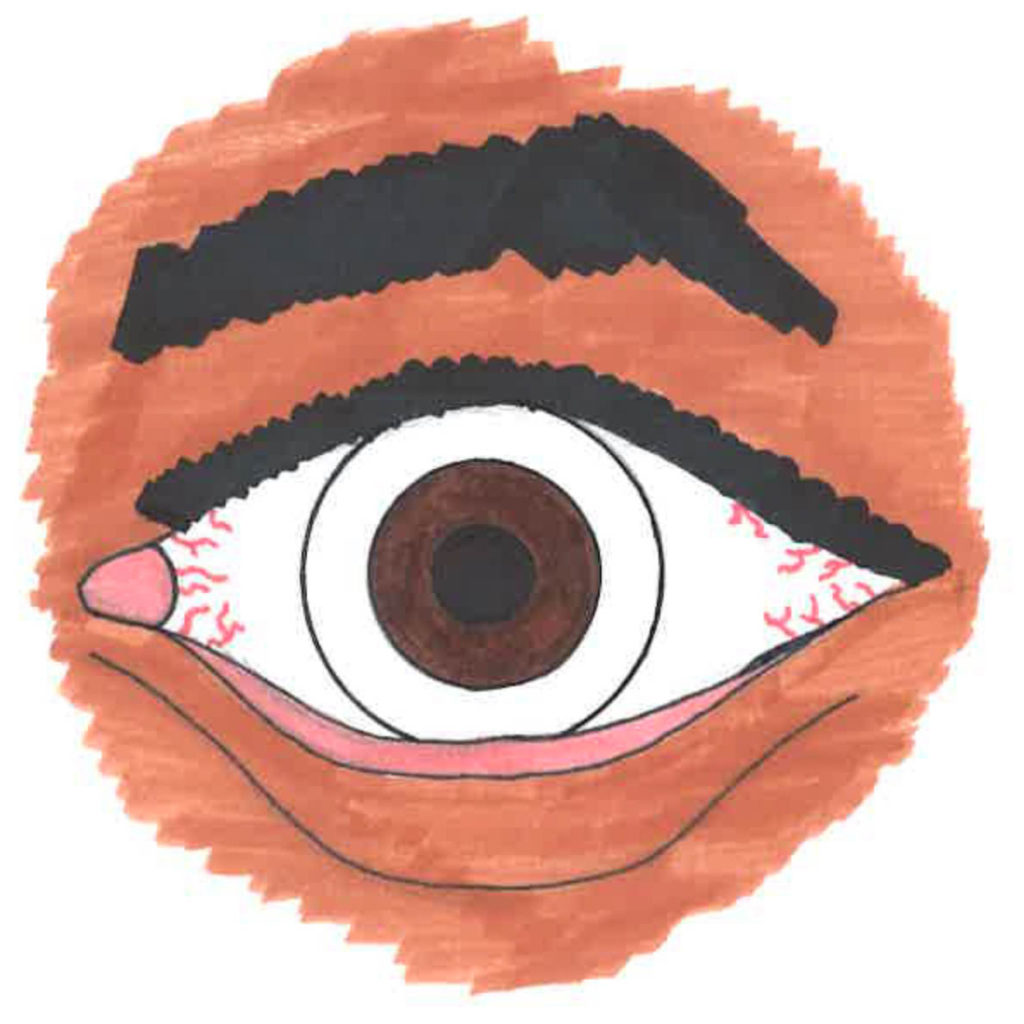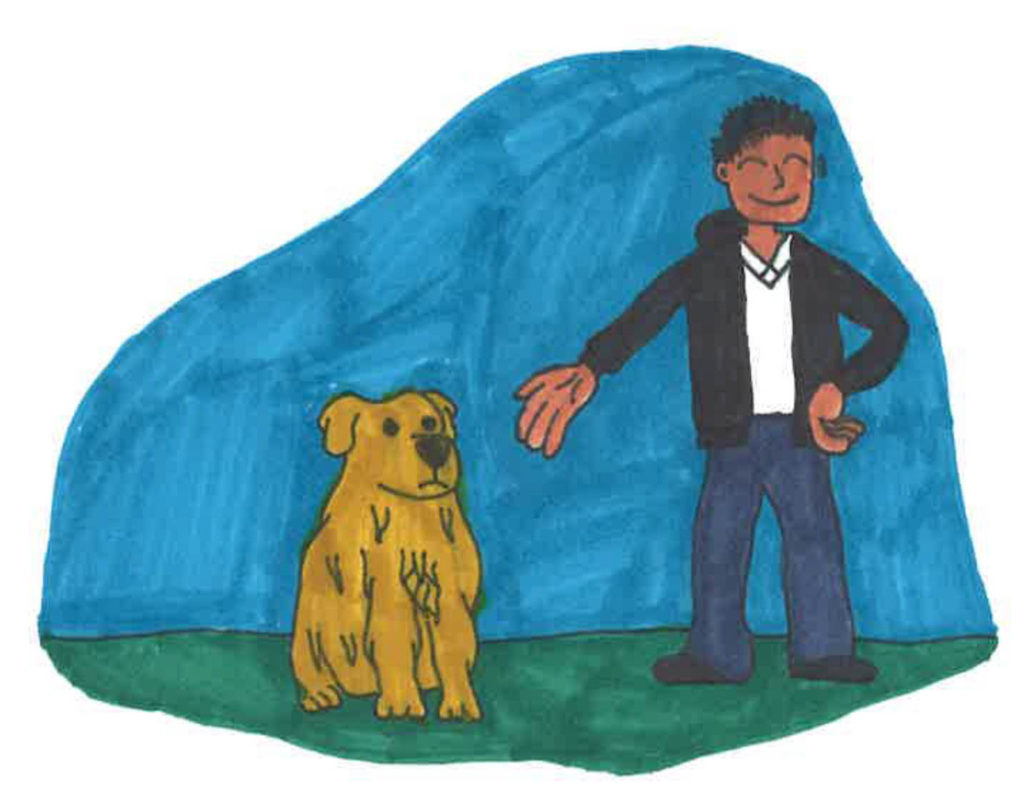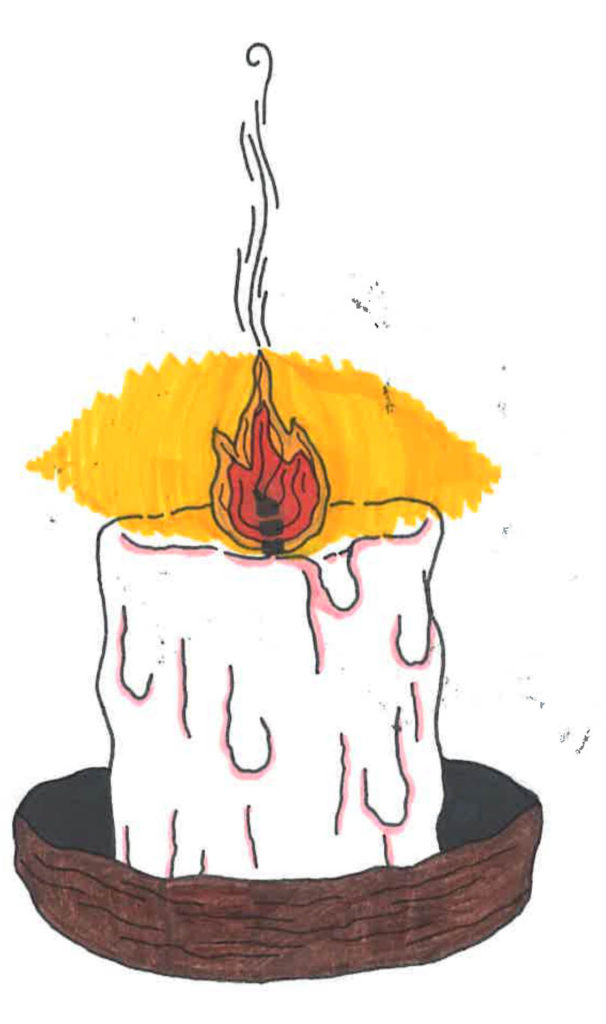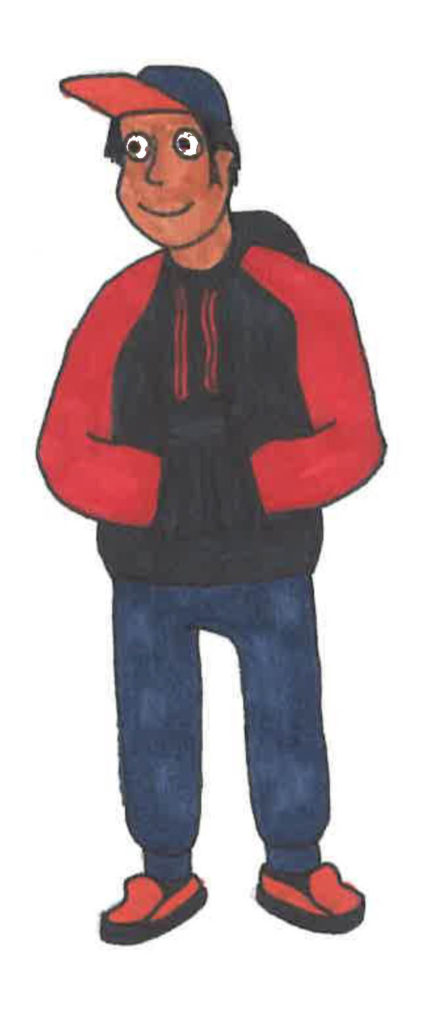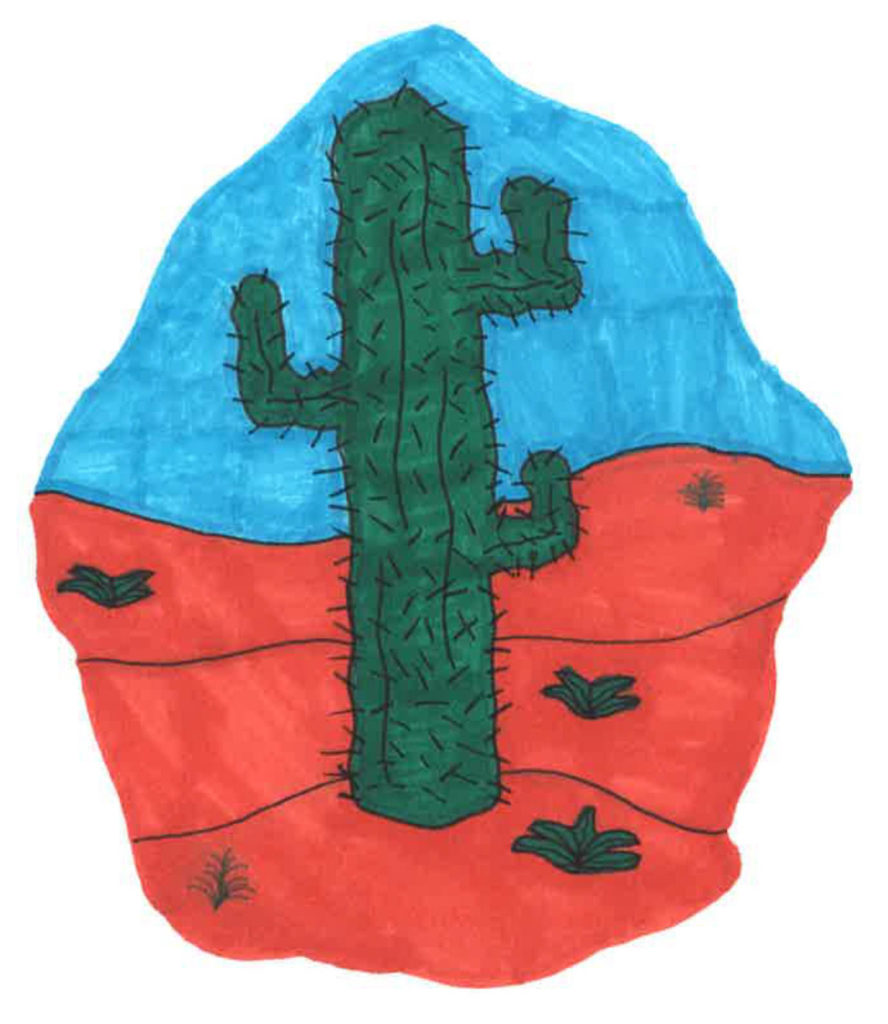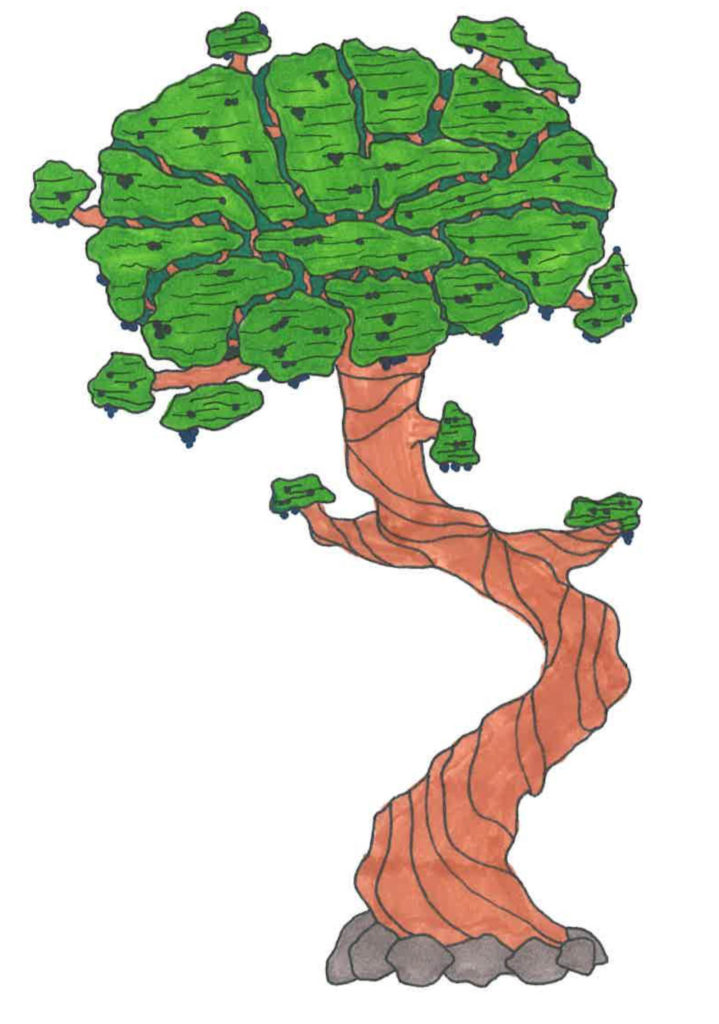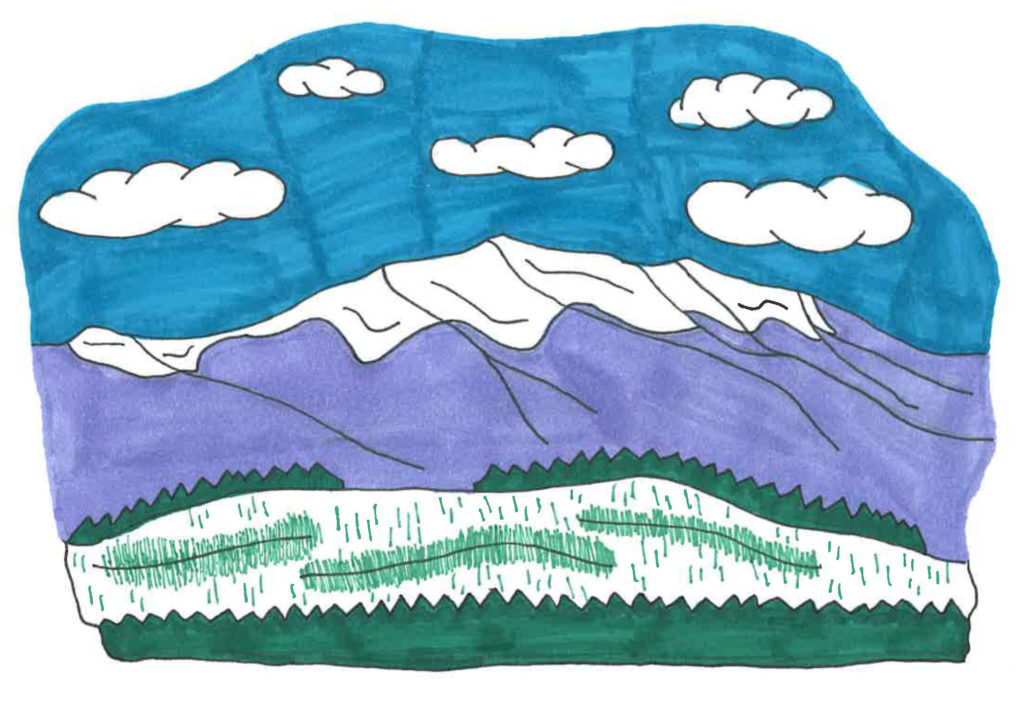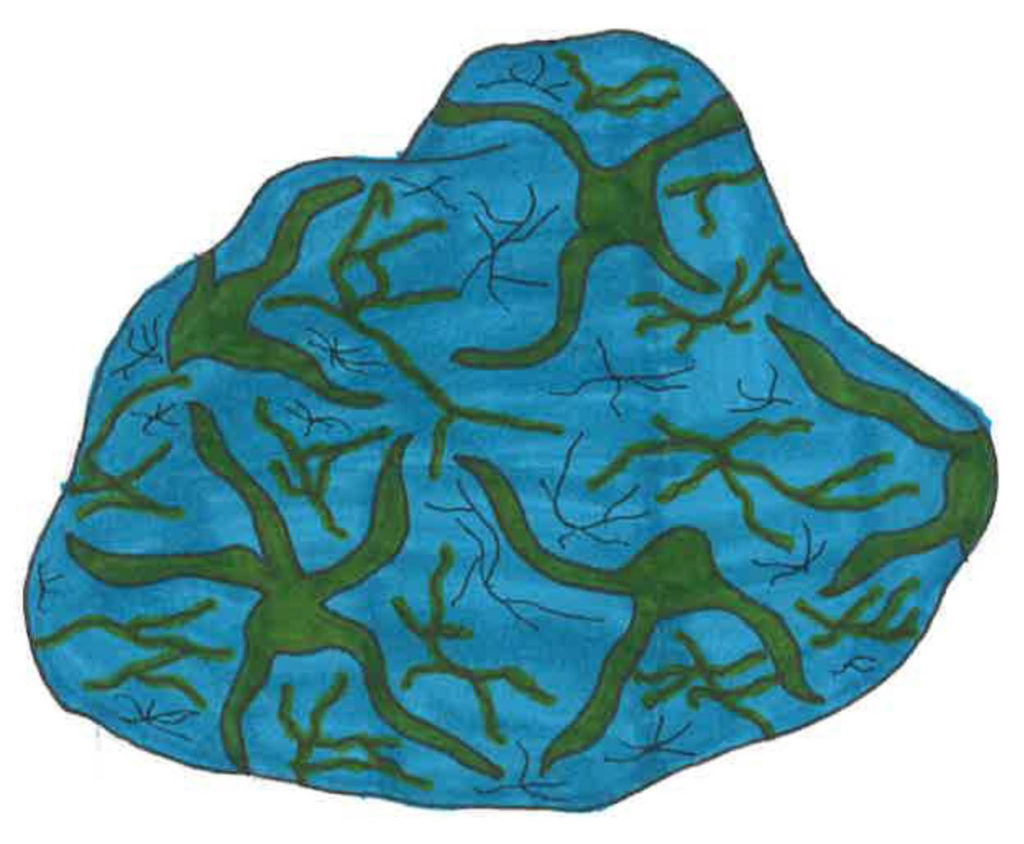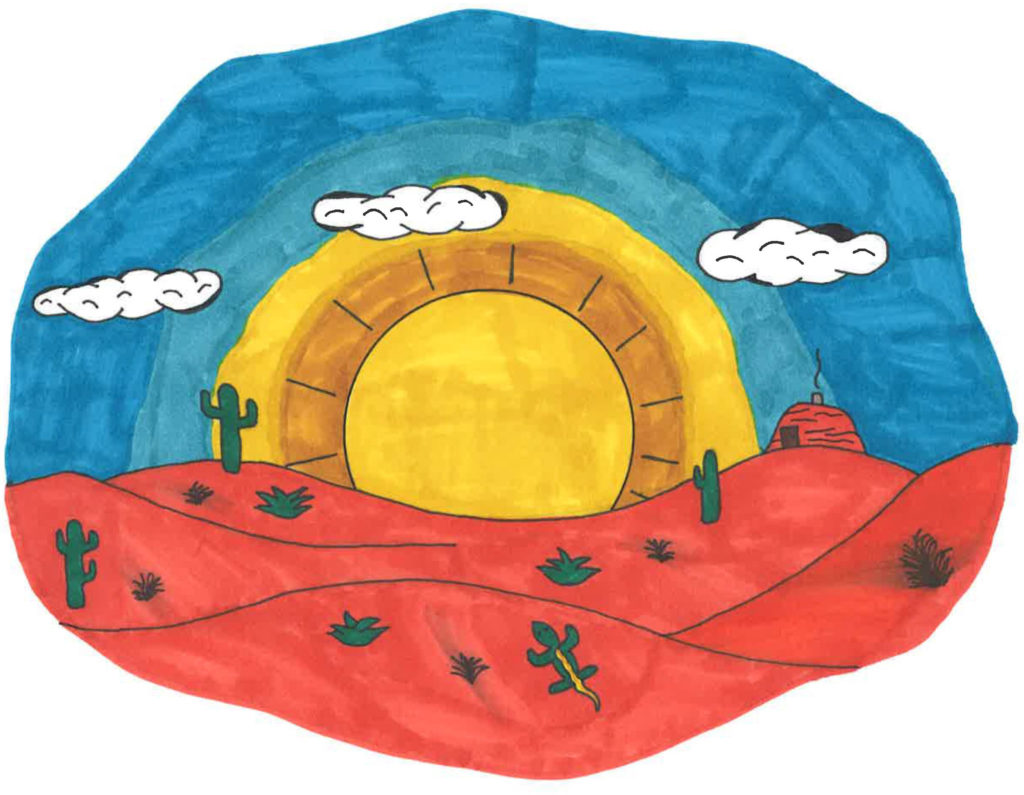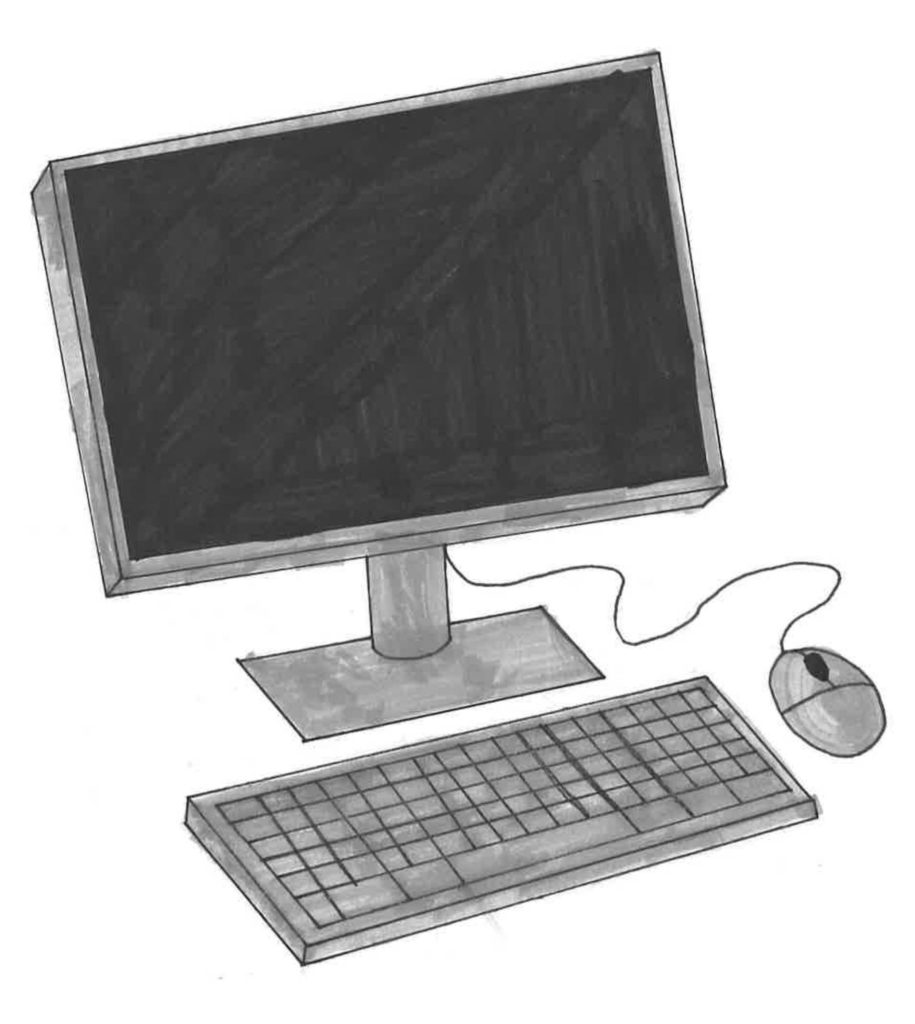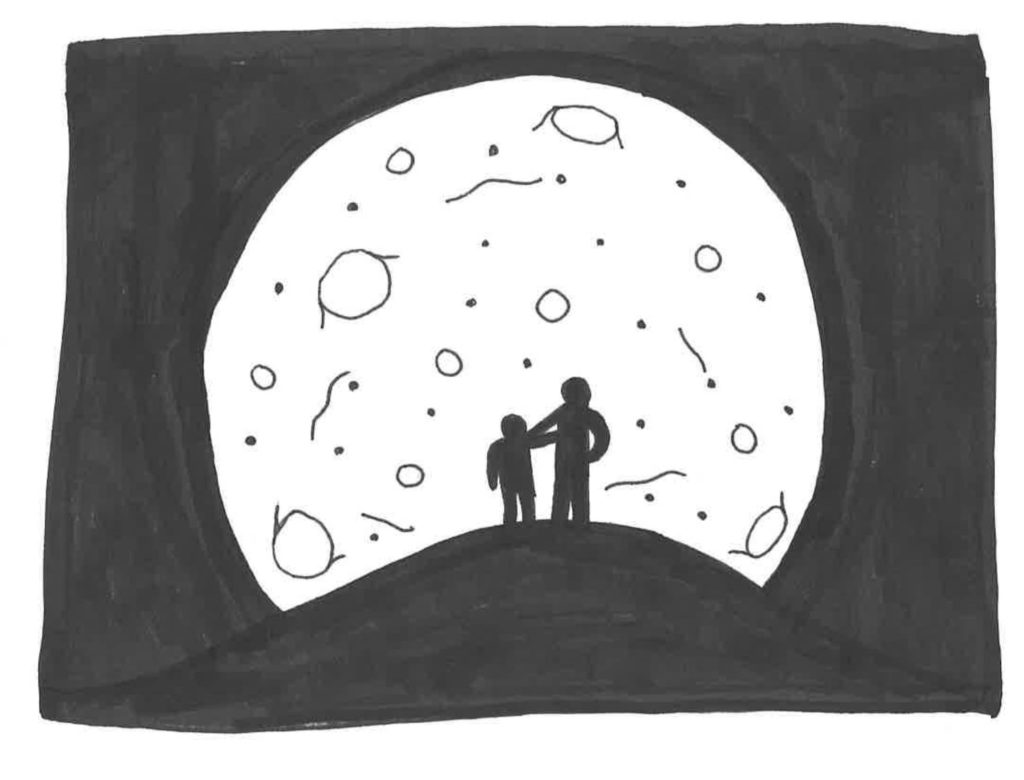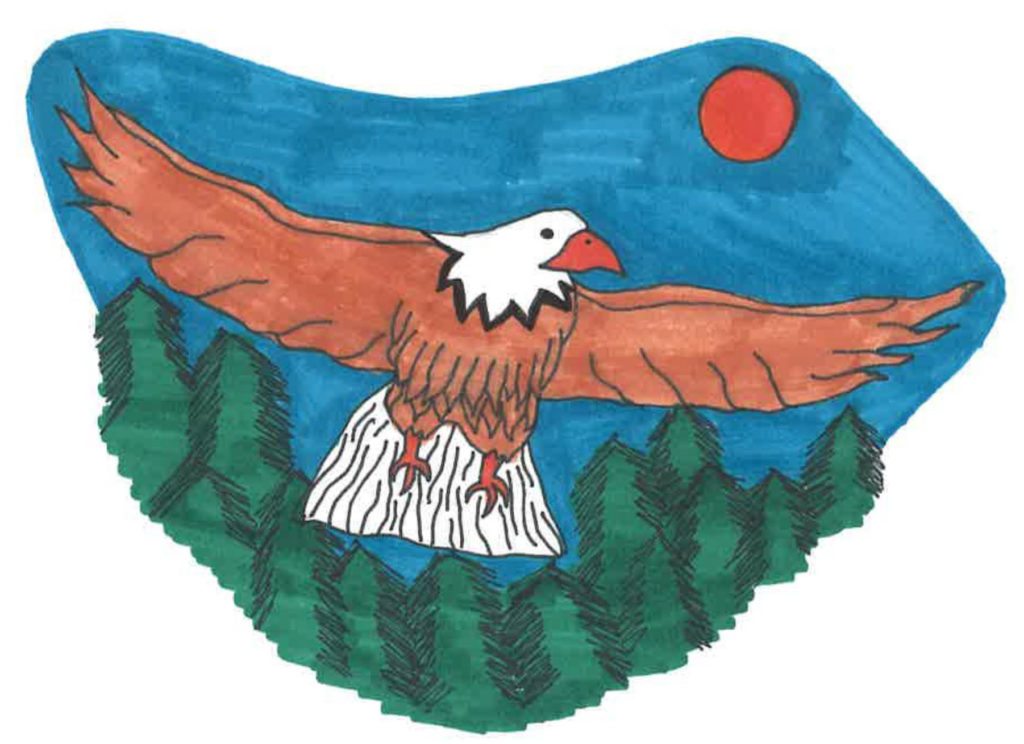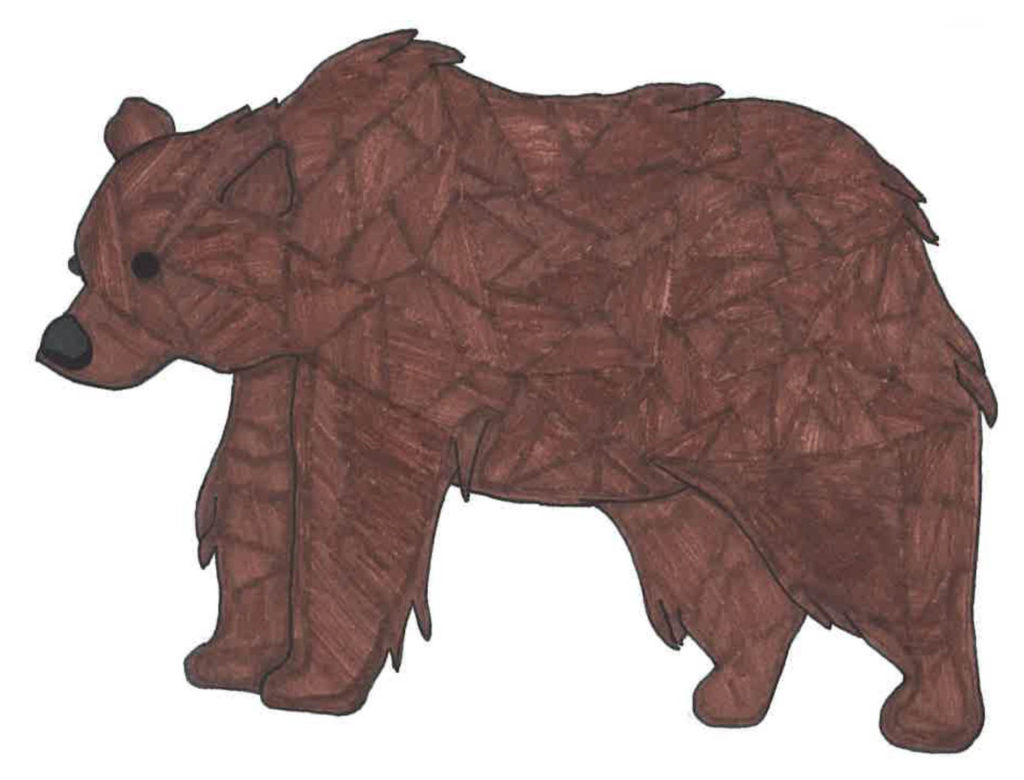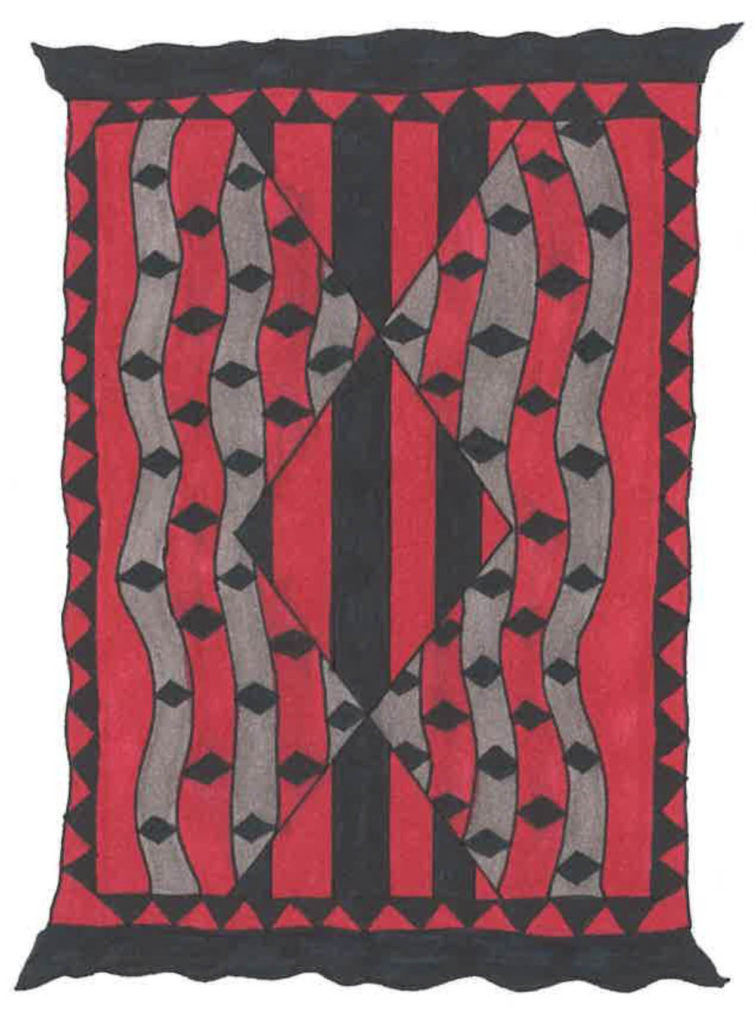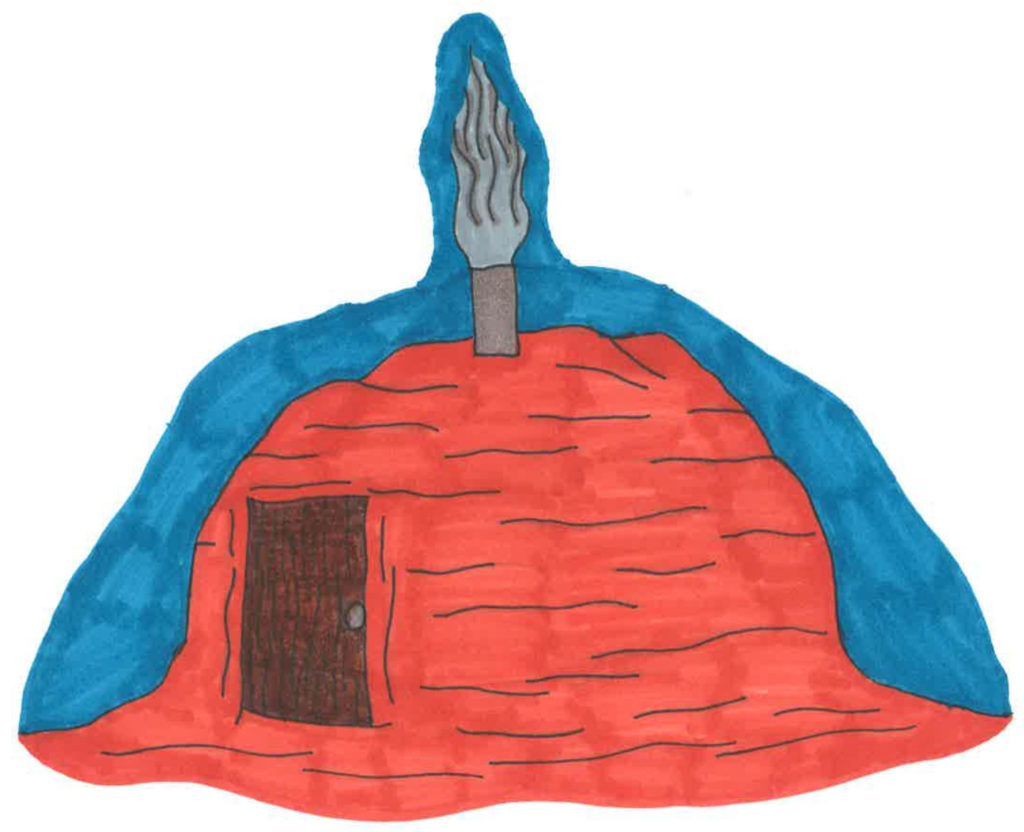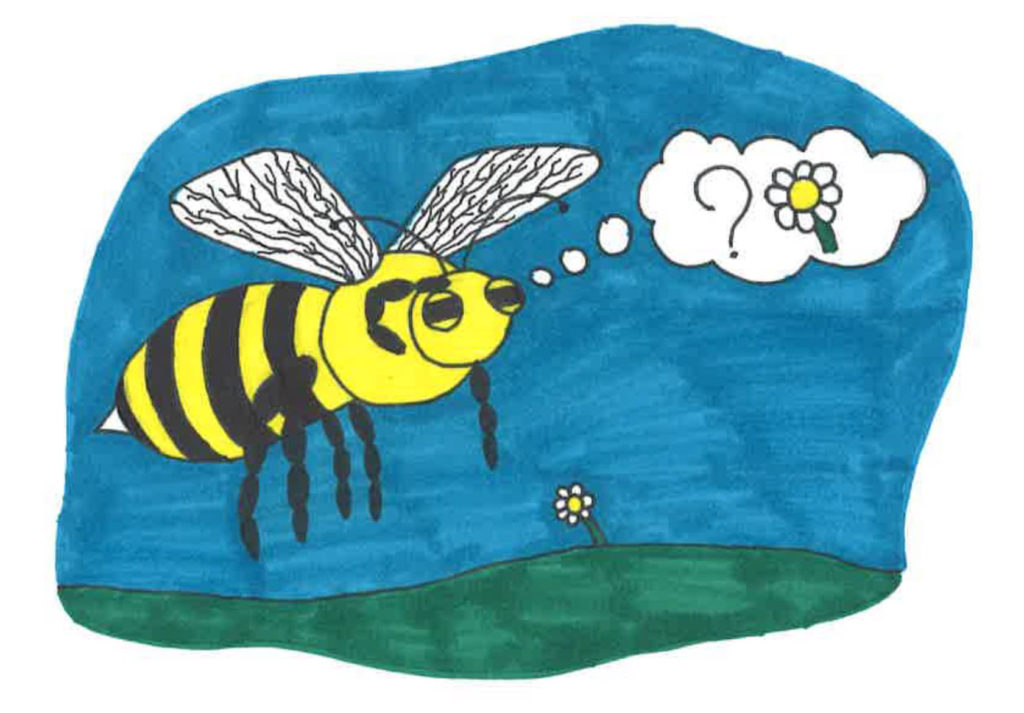Interesting Fact #1
The Diné (literally meaning “the people”) language is complex. It is a verb base language. This complexity is thought to contribute to the Navajo people’s impressive ability to communicate and comprehend complex information, making them superb code talkers during World War II.
Interesting Fact #2
Today more than 150,000 Navajos speak the Diné language despite efforts of assimilation and suppression of speaking the language in boarding schools. Due to the Diné resiliency they are survivors and flourish today.
Interesting Fact #3
Spoken language has served as a vital tool for the Navajo community, preserving their culture through the centuries. By passing down stories, history, cultural practices, and ceremonies orally from one generation to the next, they have maintained their language and cultural identity, ensuring the continuity of their traditions.
Music in Diné from the Navajo Nation
- Diné music, an integral part of the Navajo Nation’s heritage, embodies the profound spiritual and cultural traditions of its people. At the heart of traditional Diné music are the Native American flute and hand drum, essential to the ceremonies and storytelling that convey tales of ancestral beings and the elements. These stories and melodies, steeped in the connection to land and spirituality, have evolved over time. The 20th century saw Diné music absorbing influences from various musical genres, creating a distinctive fusion that incorporates traditional sounds with modern musical styles. This evolution has given rise to artists who skillfully blend Diné language and themes with contemporary music genres such as blues, hip hop, and rock. The resurgence in interest towards indigenous cultures has catalyzed a revival of traditional Diné music, with efforts to both preserve this precious heritage and explore innovative ways to integrate it with global musical trends. This dynamic interplay of preservation and innovation ensures the enduring legacy and continued relevance of Diné music within and beyond the Navajo community.
Art by Noah Begay
In the late 20th and early 21st centuries, Navajo art underwent a significant transformation, marking the rise of urban art forms like graffiti, digital art, and mixed media that reflect the modern urban experiences of the Navajo people. This contemporary art, while incorporating traditional symbols and narratives, bridges the past with the present and signals a broader cultural renaissance within the Navajo community. Initially grounded in practices tied to religious and daily life—such as weaving, pottery, and jewelry—Navajo art has embraced changes brought about by increased interactions with Western cultures, leading to innovative styles and techniques. This evolution showcases the resilience and creativity of the Navajo people, as artists have begun to craft works that maintain traditional themes while also engaging with universal experiences. Today, Navajo art, celebrated for its diversity from classic silversmithing to urban expressions, continues to evolve. It honors its rich heritage while adapting to modern realities, establishing itself as a dynamic force on the global art scene and highlighting its unique blend of tradition and innovation.


 Navajo Diné Bikéyah
Navajo Diné Bikéyah